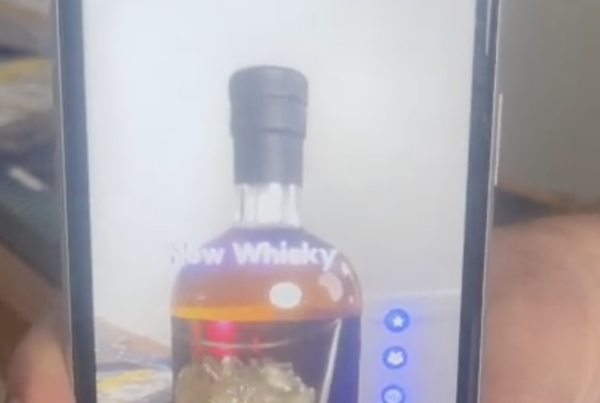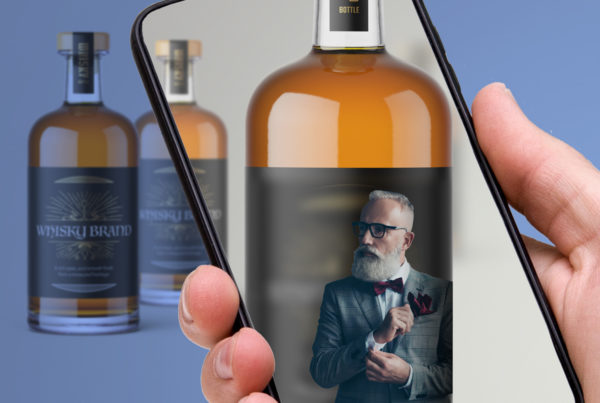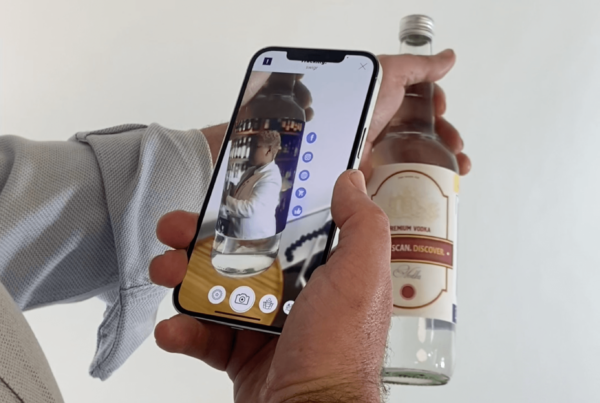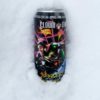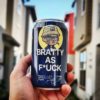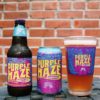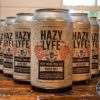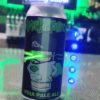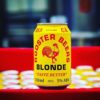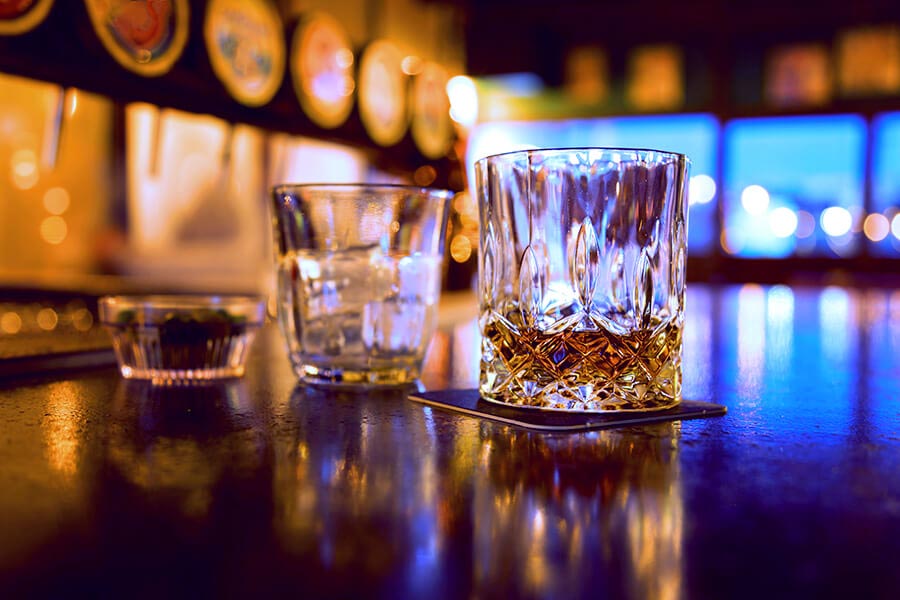
It’s not your father’s wine. The humble cork has been replaced by a new generation of wine innovation. And it’s not just about the drinking – it’s about what you drink.
Meet 19 Crimes, where the labels on the wine bottles are not just for show.
The Backstory
This was a brand that told the story of 19 criminals from 100 years ago who were relocated to Australia. Uniquely, the brand brought the criminals to life, virtually.
With a smartphone app, consumers scanned the wine labels, which activated an augmented reality experience, animating each of the characters. They told tales of historic criminals turned colonists in Australia all thanks to pioneering Australian-born businesswoman Henrietta Drake-Brockman who enlisted her father, a pioneering innovator of wax-sealed bottles to design 19 Crimes.
The enhanced experience was part of the larger story behind wine’s history and the brand itself and built upon Australian wine and the country’s culture
A Challenging Campaign
This was a bold move.
The marketing strategy behind the campaign was to break away from the classic codes of wine communication to find a new way to connect, and engage more of the new generation of digital savvy wine lovers, meeting them on their terms.
On its merits the approach was clever – it was timely, strategic, and it would appeal to the counter-culture niche that had been identified by the TWE team.
And it was ambitious, on many fronts – particularly technically, this was a very specialised project, applied at scale. There would have been perhaps, only a handful of teams capable of developing the software, globally. One of which was American juggernaut Tactic.studio, who were miles ahead of the game, and who were given the task of delivering. History will show that that decision was he right one.
On the other hand, the decision to lead with augmented reality wasn’t so clear, and would have raised some serious concerns at Board level. You have to understand the context – it was 2017, augmented reality was a technology in its infancy with only moderate awareness, and had the added burden that up to 70% of phones couldn’t support the technology.
Sure, everyone agreed that as a future prospect, there was tremendous potential. But in the context of selling more wine in the here-and-now, every sign suggested that the available market was too small (image source)- which must have been a concern in decision making circles.
Three assumptions put to the test
Success depended on a range of factors, and three key assumptions:
- Augmented reality could capture attention on a large scale
- Augmented reality would incentivize action that ultimately led to sales
- Social media would drive organic sharing of augmented reality
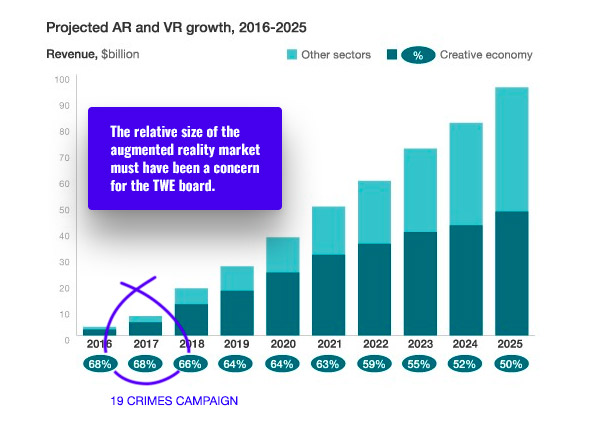
The Results
The 19 Crimes wine brand achieved some serious success with its augmented reality campaign and saw a slew of positive reactions, with many people applauding the company’s creativity and ingenuity.
This storytelling, supported by technology, became memorable, and the brand 19 Crimes was recognized internationally.
“Augmented Reality is an exciting technology, giving us the unique opportunity to let these historic criminals-turned-colonists tell their own stories in a way that resonates with today’s consumer,” was attributed to 19 Crimes director Samantha Collins was quoted
In its first year, the campaign saw 1.2 million app downloads, 104% year-on-year growth for the US market, 153 million social media impressions and 23 times category growth.
Campaign Highlights
- 1.2 million App Downloads
- 104% Year on Year growth for the US Market
- 153 million social media impressions
- 23 times category growth
By the end of 2017 they’d shipped over one million cases and the brands sales had grown 60% in volume and 70% in value, according to Better Retailing.
In addition, it won the prestigious Super REGGIE Award and been named Market Watch’s 2017 Wine Brand of the Year.
Onward and upward from there
Since, the concept has been added to other TWE brands, including beer.
And US rapper Snoop Dog has added his face to the 19 Crimes label, launching a campaign that challenged users to find 19 virtual bottles of wine hidden in real-world scenes before they disappear. The scene was revealed when a user clicked on the bottle.
According to Adweek, these AR game mechanics were designed to increase engagement and encourage impulse buying of 19 Crimes wine. The campaign achieved 5 million engagements; sales figures are not available.
Conclusion
This is a compelling use case study in the power of augmented reality and how it can be used to drive consumer action. It also highlights how important social media has become as an influencing factor for AR adoption, so take some time to consider this in your own strategy.
If you’re looking to add augmented reality to your brand, Swigr™ Is the world’s leading AR platform, purpose built for the beverage industry. For more information, take a look around the website, or get in touch.

